Results
-
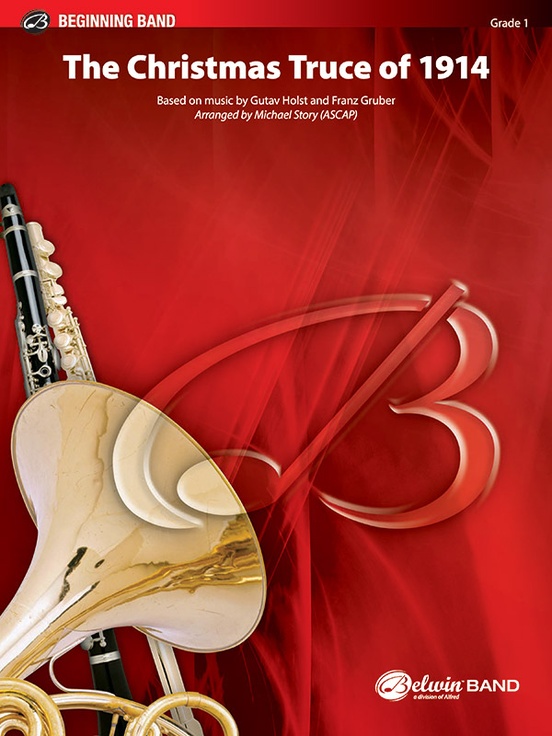 £54.95
£54.95The Christmas Truce of 1914
2014 marks the 100th anniversary of the Christmas Truce of 1914, where opposing soldiers engaged in World War I combat laid down their arms and celebrated the Christmas holiday together. Combining fragments of Gustav Holst's "Mars, the Bringer of War" from with the beautiful carol "Silent Night" this musical study of dramatic contrasts, combined with the engaging story is sure to provide an awe-inspiring performance. Absolutely stunning! (2:45)
Estimated dispatch 3-5 working days
-
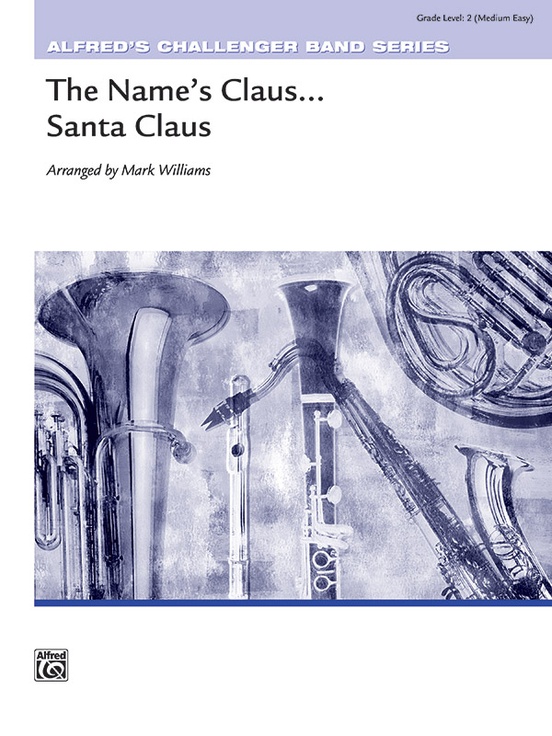 £58.50
£58.50The Name's Claus . . . Santa Claus
Who's that sneaking down your chimney? This arrangement explores what Santa might sound like if he were really a secret agent! The unforgettable sounds of famous spy movies are blended with favorite Christmas carols such as "Jingle Bells," "Jolly Old St. Nicholas," "The Twelve Days of Christmas," and more, to create a joy-filled explosion of holiday fun! Don't miss this very special musical treat! (1:30)
Estimated dispatch 3-5 working days
-
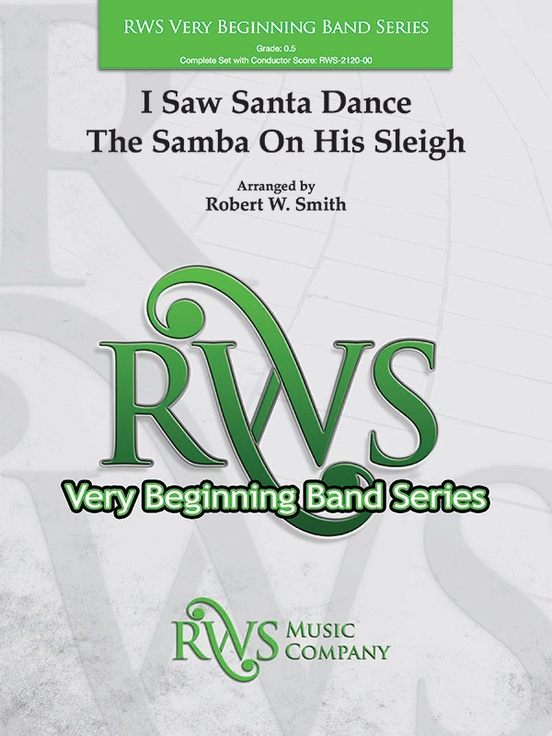 £50.50
£50.50I Saw Santa Dance the Samba on His Sleigh
Based on the holiday classic Jingle Bells, this clever arrangement by Robert W. Smith for the beginning band is based on the story of a young child hearing a bit of a commotion in the living room on Christmas Eve. Upon sneaking down the stairs, the child is surprised to see Santa having a great time dancing the samba as he delivers the gifts and then soars out of sight. Fun and entertaining, this new arrangement for beginning band will be a hit at your holiday concert!Original Item#: RWS-2120-00
Estimated dispatch 3-5 working days
-
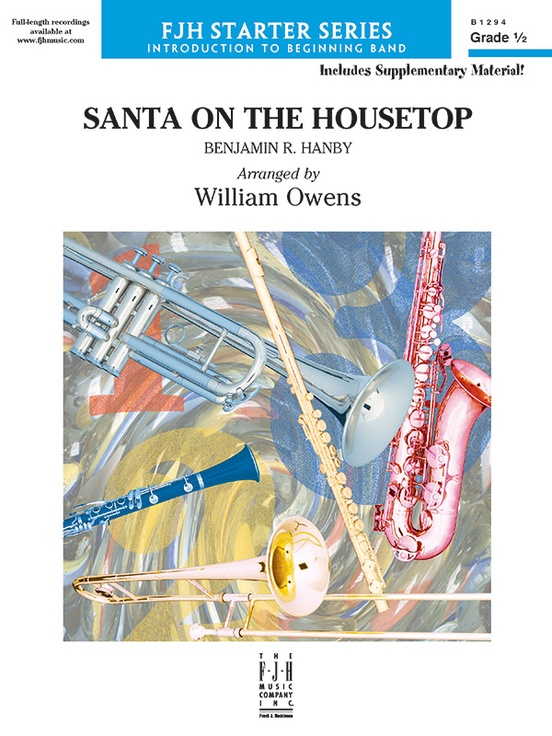 £45.95
£45.95Santa on the Housetop - Benjamin R. Hanby / arr. William Owens
Students and audiences are sure to enjoy this lighthearted treatment of Up on the Housetop, which includes a big "Ho! Ho! Ho!" from members of the band! Not only is there a glimpse of Santa on the roof, but a slide whistle conjures up an image of his journey up and down the chimney. Too much fun!
Estimated dispatch 3-5 working days
-
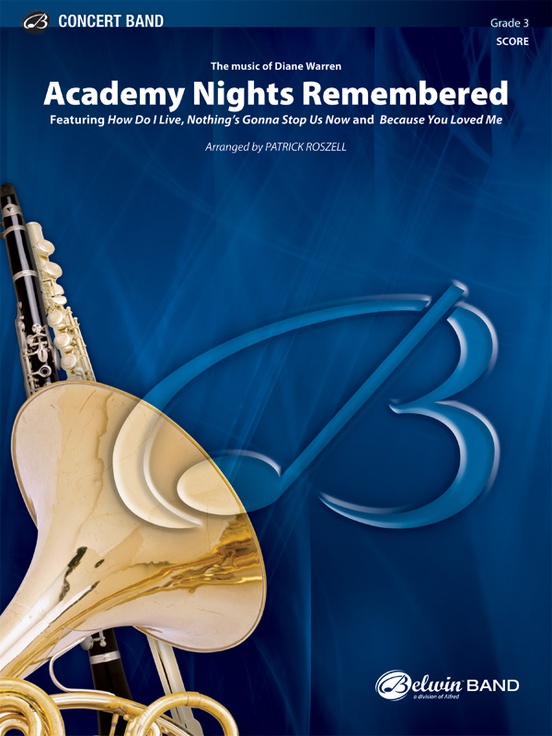 £73.50
£73.50Academy Nights Remembered (The Music of Diane Warren)
From the opening music right through the end of the awards, this very musical medley has your audience right there! Featuring "How Do I Live," "Nothings Gonna Stop Us Now," and "Because You Love Me," the medley concludes with all the grandeur from the awards broadcast. All composed by award winner Diane Warren, this medley is sure to bring the house down! (5:26)
Estimated dispatch 3-5 working days
-
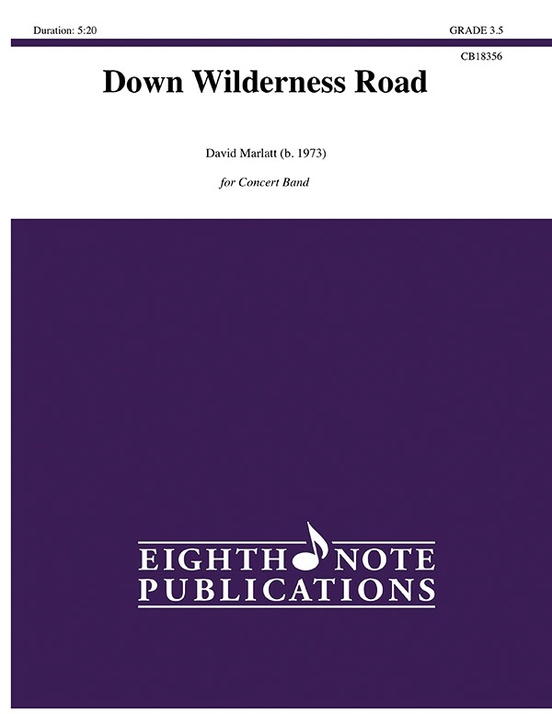 £79.50
£79.50Down Wilderness Road - David Marlatt
This lyrical piece was inspired by the opening of by the great American composer Aaron Copland. The title has two possible meanings: it could be a depiction of someone walking on a rough trail through the many woods of Ontario enjoying the sites, sounds, and smells of the peaceful forest; or it could be describing a specific path in the southern United States of America. Wilderness Trail was one of the principal routes used by settlers to Kentucky in the late 1700s and was blazed by none other than Daniel Boone.
Estimated dispatch 3-5 working days
-
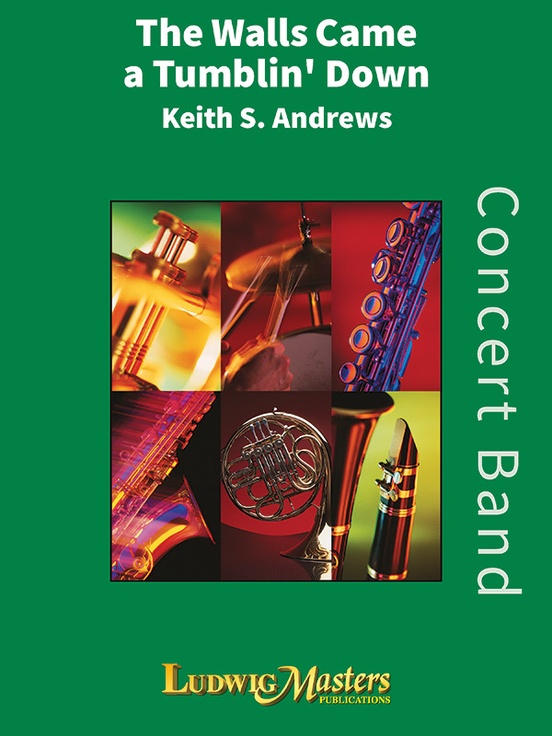 £45.95
£45.95The Walls Came A Tumblin' Down - Keith S. Andrews
Teaching swing is fun, and so much simpler when working with a tune everyone knows. This popular spiritual admirably fits the bill. The instrumentation is conservative, and with ample doublings it will be fun and easy to rehearse and perform.
Estimated dispatch 3-5 working days
-
£69.99
Kennesaw Mountain Blues - Stephen Bulla
Blues to the MAX! With lots of drive and down home blues harmonies, KENNESAW MOUNTAIN BLUES will latch on to your audience for keeps.Very accessible to Grade 2 1/2 bands, this is one of the most enjoyable pieces you'll find for any level of ability. If you have a kickin' drumset player, so much the better. Every section has gratifying parts to play, and the easy mixed-meter section sounds so natural but will keep 'em all thinking.The concert band doesn't often get the chance to play in styles like this, which is a shame, because it's so much fun. How about letting your band try a style that's about as far from John Phillip Sousa as you can get! Get down with some Blues! KENNESAW MOUNTAIN BLUES is a winner!
Estimated dispatch 7-14 working days
-
 £69.95
£69.95Light-Walk (Concert Band - Score and Parts) - Gott, Barrie
A toe-tapping 'big-band' arrangement from the renowned composer and arranger Barrie Gott. A hit wherever it is played, this 'great fun' music allows the band to 'let its hair down' and the Flugel Horn (or Trumpet) the chance to take centre stage.The 'big-band' arrangement that brought the arranging skills of Barrie Gott instantly to the attention of the brass world. Still a hit wherever it is played, this 'great fun' music allows the band to 'let its hair down' and the Flugel Horn the chance to take centre stage.
Estimated dispatch 7-14 working days
-
 £13.95
£13.95Light-Walk (Concert Band - Score Only) - Gott, Barrie
A toe-tapping 'big-band' arrangement from the renowned composer and arranger Barrie Gott. A hit wherever it is played, this 'great fun' music allows the band to 'let its hair down' and the Flugel Horn (or Trumpet) the chance to take centre stage.The 'big-band' arrangement that brought the arranging skills of Barrie Gott instantly to the attention of the brass world. Still a hit wherever it is played, this 'great fun' music allows the band to 'let its hair down' and the Flugel Horn the chance to take centre stage.
Estimated dispatch 7-14 working days
